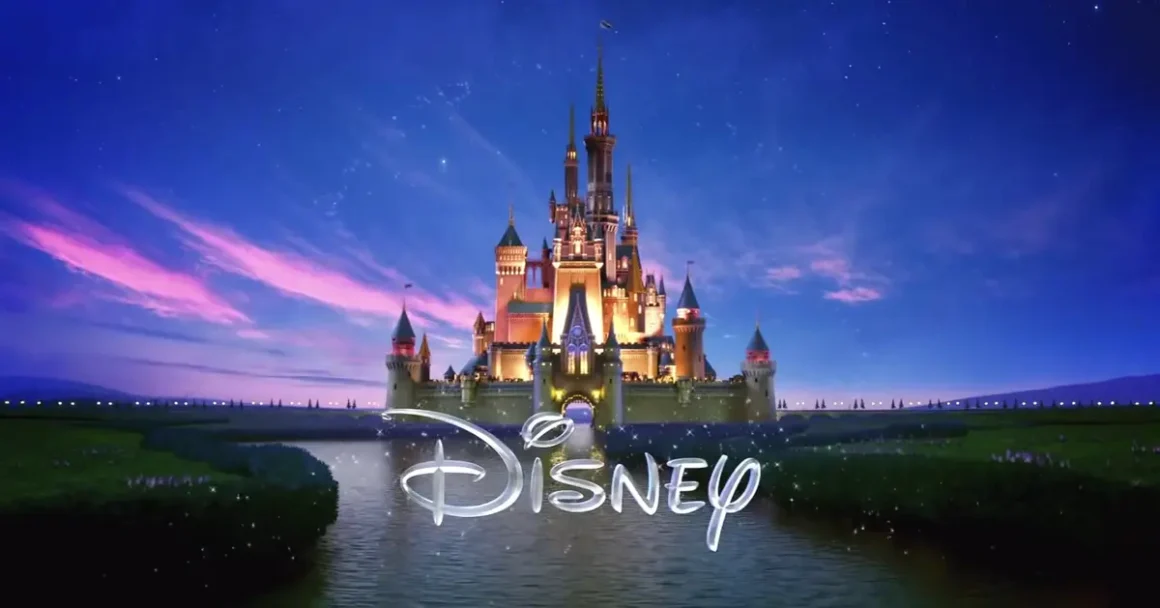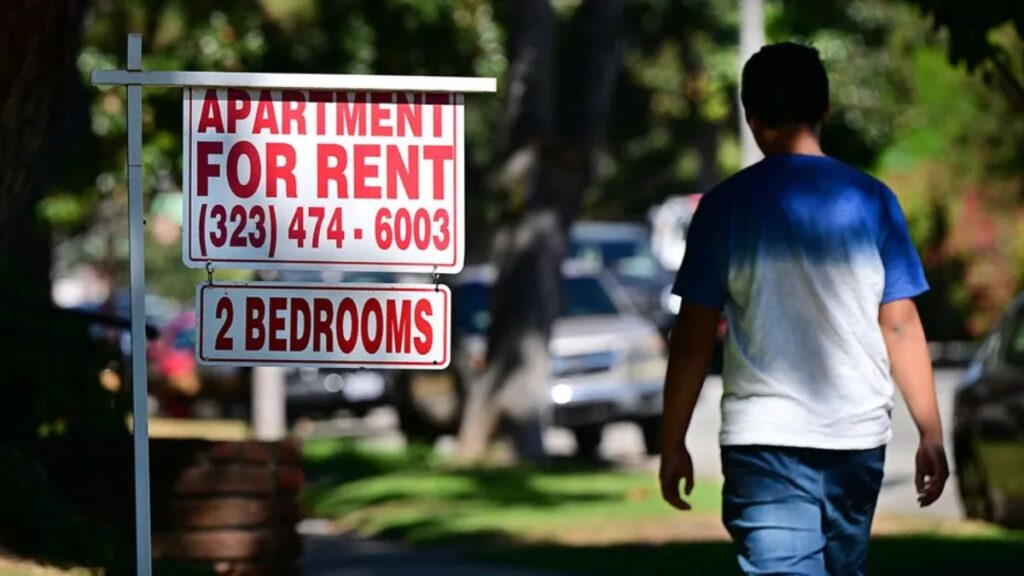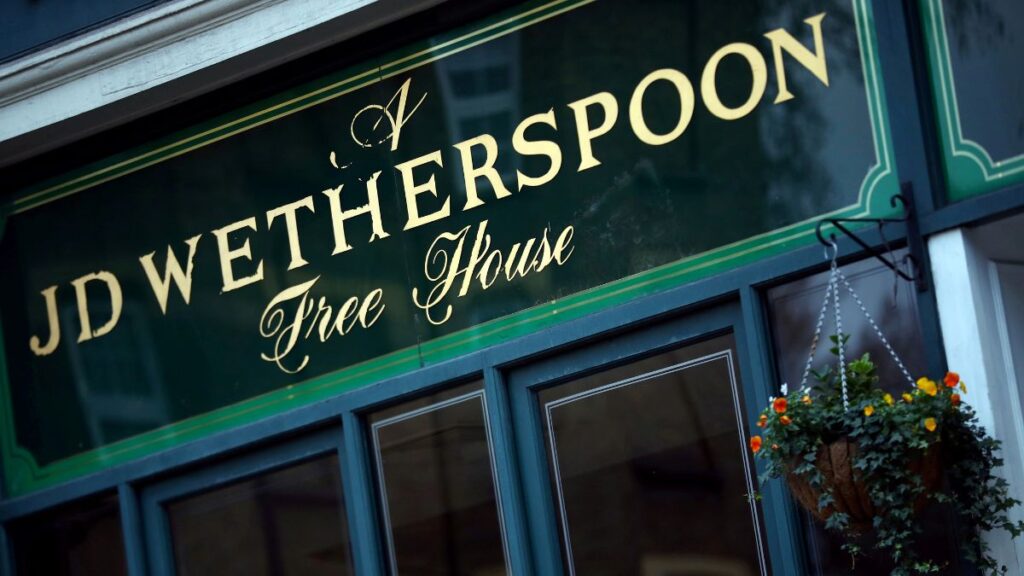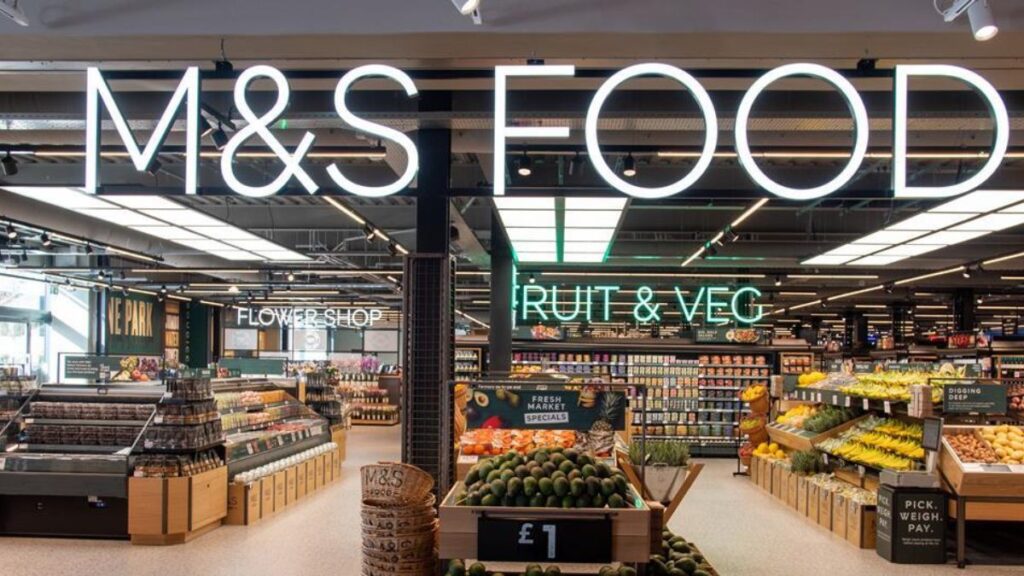After years of being labeled the “sober generation,” Generation Z is now showing a notable rise in alcohol consumption, according to new global data.
A 2025 survey by the International Wine and Spirits Research (IWSR) found that 73% of Gen Z adults—those aged up to 27—reported drinking alcohol in the past six months, a significant increase from 66% in 2023.
In the United States, the shift is even more striking. Alcohol consumption among Gen Z adults jumped from 46% in 2023 to 70% in 2025, bringing them closer to the drinking habits of Millennials and Baby Boomers at a similar age.
Why the Shift?
Growing Older and Earning More: As more Gen Z individuals enter their mid-to-late 20s and join the workforce, their rising incomes are enabling more social spending, including on alcohol—mirroring the patterns seen in previous generations.
Economic Pressures Easing: Earlier declines in drinking were tied to the high cost of living, especially in bars and restaurants, which Gen Z frequent more than older age groups. Improved financial stability has led to more frequent social outings.
Moderation Over Sobriety: While Gen Z popularized the “sober curious” lifestyle, many are now opting for moderate drinking rather than full abstinence. Spirits and other alcoholic beverages are becoming more common in their consumption habits.
Changing Social Habits: Gen Z drinks more often in social settings such as bars and clubs, where alcohol plays a central role. This sets them apart from older generations who may drink more at home or in smaller gatherings.
Several factors are contributing to this change:
Not a Complete Reversal
Despite this rise, a significant portion of Gen Z still chooses to drink little or not at all. Health, mental wellness, and lifestyle preferences continue to influence their decisions, and many prioritize mindful consumption over excess.
Generation Z’s approach to alcohol is evolving. While once seen as a generation that largely rejected drinking, recent data shows their habits are increasingly resembling those of previous generations. As they age and gain financial independence, their choices appear to reflect a balance between modern values and traditional social behaviors.









